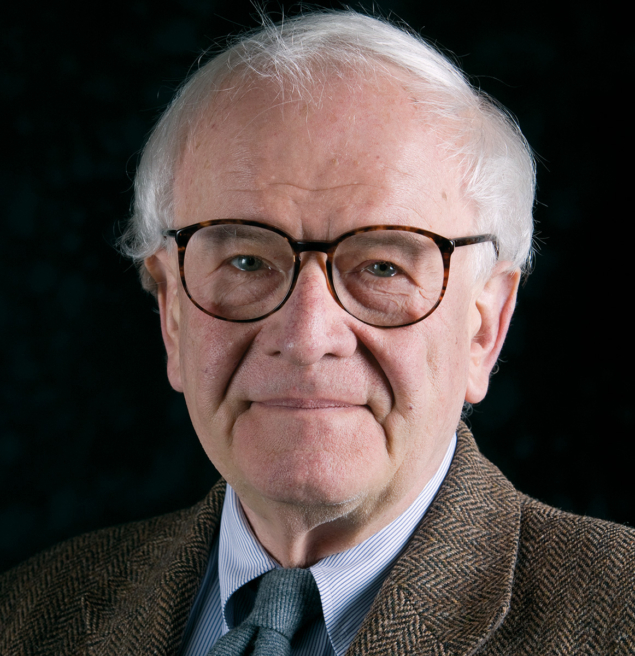
to the theory of fundamental interactions. Credit: MIT
On 14 June, Roman Jackiw, one of the most brilliant and profound theorists of his generation, passed away at the age of 83.
Roman Jackiw graduated from Cornell University in 1966 under the supervision of Ken Wilson, moving to Harvard as a junior fellow until 1969. Thereafter, he was a member of the Centre for Theoretical Physics at MIT. Having myself been a postdoc at MIT from 1968 to 1972, we got to know each other well and kept in touch since.
During the Harvard period, while visiting CERN, he wrote, together with John Bell, what is arguably his most famous paper. It became known as the Adler–Bell–Jackiw (ABJ) anomaly. Here “anomaly” stands for a symmetry that, while classically exact, is broken by quantum mechanical effects. This breaking makes it possible for the neutral pion to decay, as observed, into two photons. Another version of the ABJ anomaly, in the context of the strong interaction, provides a solution of the so-called U(1) problem: the absence of a ninth light pseudoscalar meson besides the π, K and η. Indeed, the relatively heavy η′ meson gets most of its mass through the ABJ anomaly and some topologically non-trivial gauge-field configurations.
Later, together with Claudio Rebbi of Boston University, Jackiw introduced the concept of theta-vacua in quantum chromodynamics by which the strong interaction, because of the above-mentioned non-trivial topology, depends on a somewhat hidden angular parameter, θ. Unless vanishing, the θ parameter introduces violations of time-reversal symmetry and, consequently, an electric dipole moment of the neutron for which very strong experimental upper bounds exist.
Interestingly, the combination of these two remarkable contributions by Jackiw imply what is perhaps the only serious theoretical tension facing the Standard Model today. Its resolution calls for the existence of a new particle, the axion, which turns out to also be an interesting candidate for explaining the dark-matter content of the universe.
Roman Jackiw made many other important contributions to the theory of fundamental interactions. One that gained lots of attention now goes under the name of Jackiw–
Teitelboim (JK) gravity, a two-dimensional version of general relativity that can be used as a simple theoretical laboratory for addressing several conceptual problems also occurring in the real world. Another pioneering contribution is the discovery (again with Claudio Rebbi) that fractional charges and spins are easily generated in field theories of interest to condensed-matter physics. Quasiparticles with such properties have indeed been “seen” experimentally.
Jackiw received much recognition for his work: among these the prestigious Dannie Heineman Prize for Mathematical Physics of the American Physical Society and the Dirac Medal of the International Center for Theoretical Physics in Italy.
Since the time of his work with John Bell, Jackiw was very attached to CERN and to the theoretical division/department. It was always a pleasure listening to his clear and inspiring talks while benefitting from his willingness to share – with scientific assurance but also much modesty – his deep ideas about quantum field theory. In one such occasion he told me: “you know, proving an exact result is like having a deposit in a bank: it keeps giving you interest forever”. He was certainly aware of the importance of his contributions to theoretical physics but never boasted too much about them.







